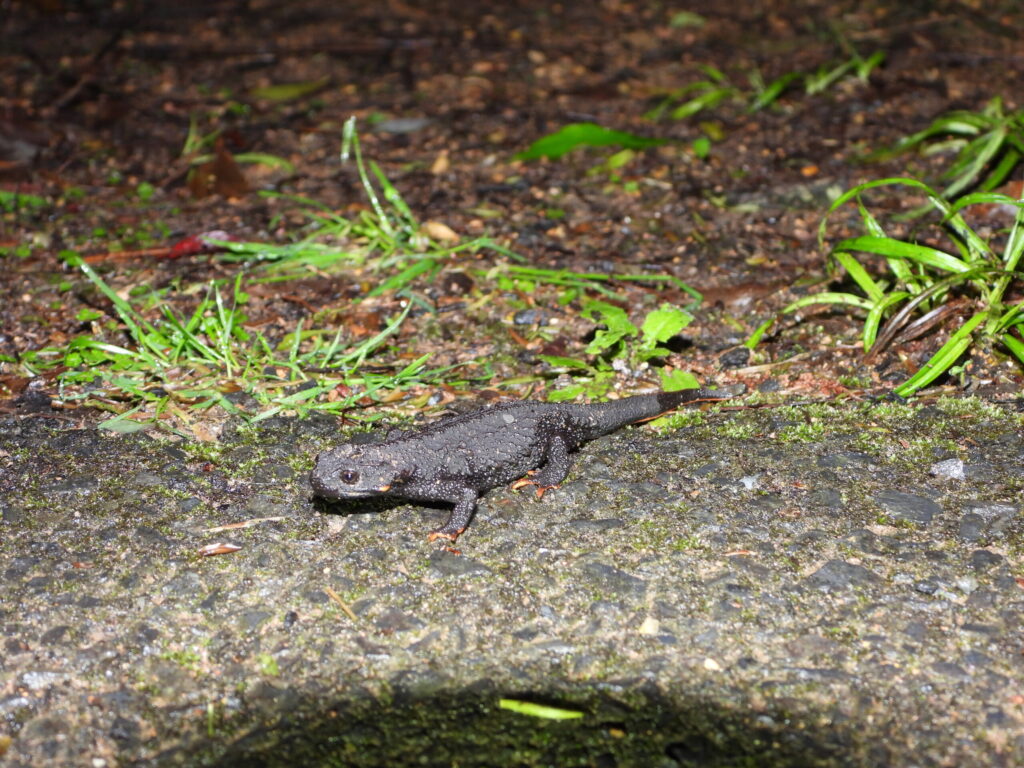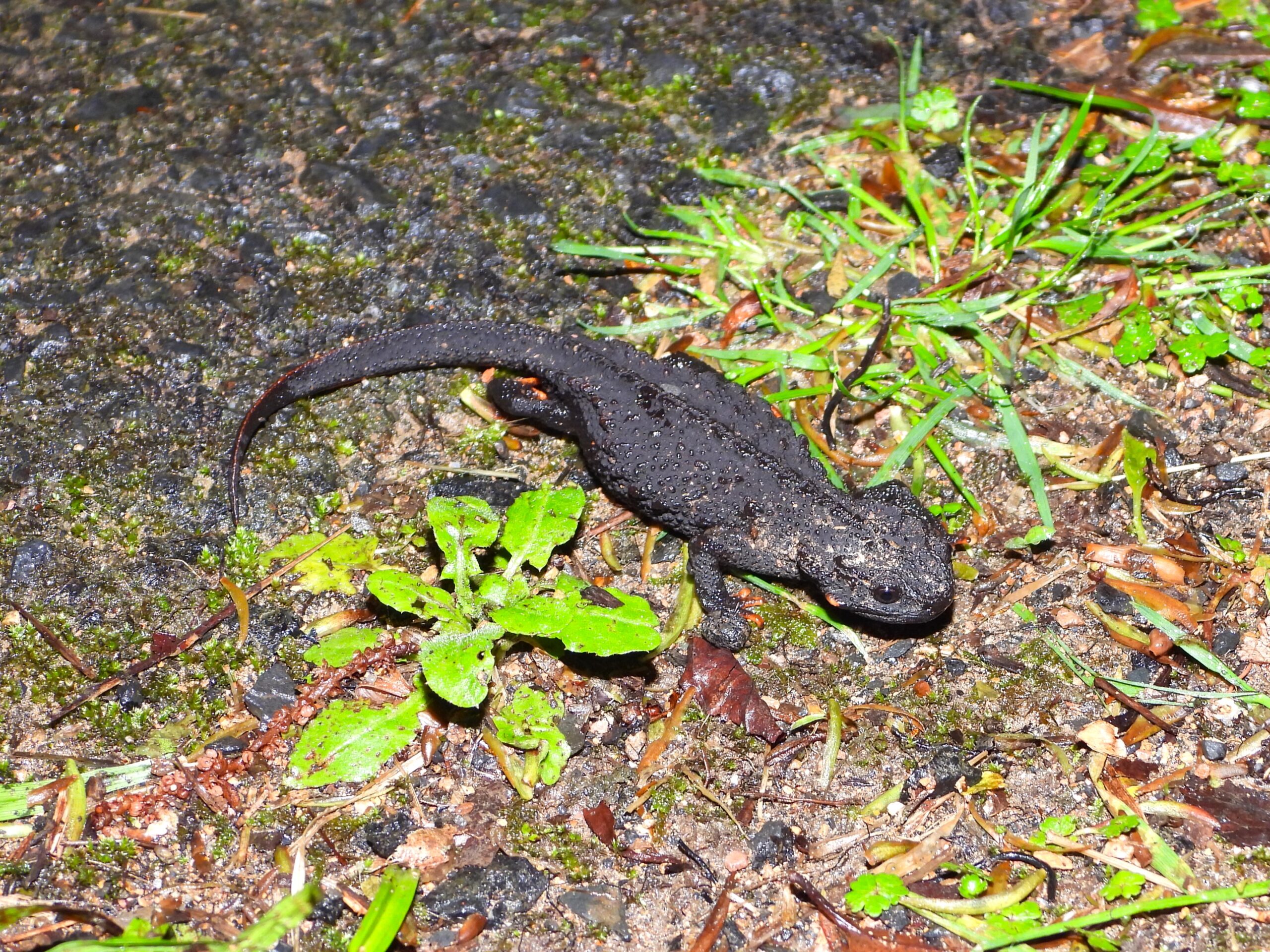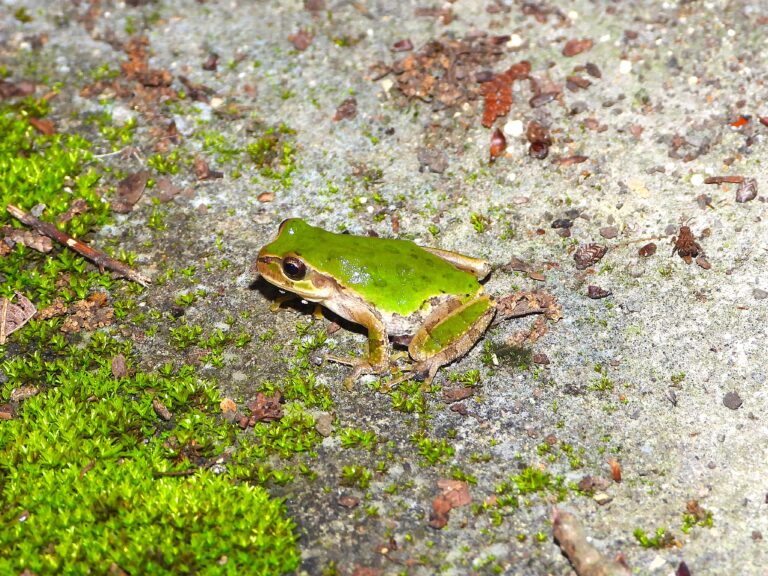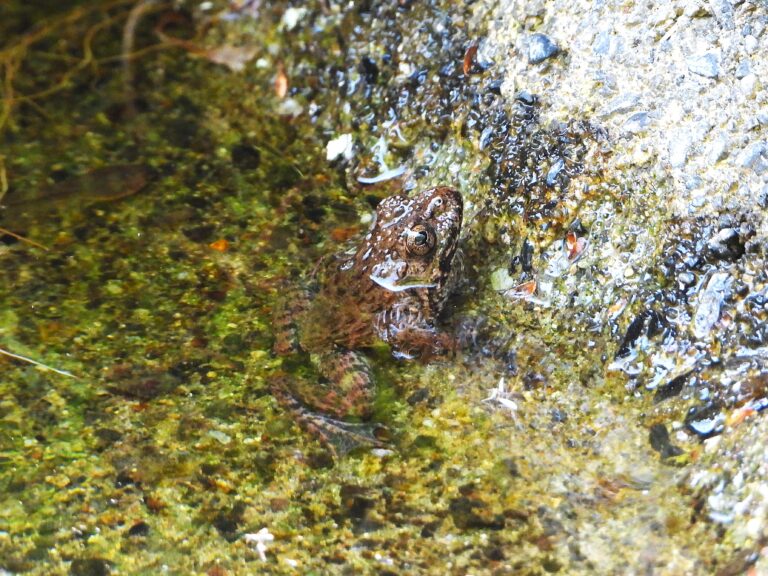Raffaëlli’s Spiny Crocodile Newt (Echinotriton raffaellii) – Wildlife of Japan
Introduction
The Raffaëlli’s Spiny Crocodile Newt (Echinotriton raffaellii), commonly known as the Amami Spiny Newt, lives only on the Amami Islands of southern Japan—specifically Amami Ōshima, Ukejima, and Tokunoshima in Kagoshima Prefecture.
Researchers described it as a distinct species in 2022 after confirming clear genetic and morphological differences from Echinotriton andersoni of Okinawa.
As one of the oldest surviving newt lineages, this species has endured in the Ryukyu Archipelago for millions of years, illustrating Japan’s deep evolutionary history.
Appearance
This amphibian shows a dark brown to black body covered with rough, granular skin and a flattened shape.
Its ribs extend outward through the skin, forming visible spines—a hallmark of the genus Echinotriton.
Orange or reddish hues often appear on the rib tips and tail underside.
Adults grow to about 12–17 cm in total length.
Compared with the Okinawan species, the Amami population has stronger rib projections and a slightly smaller body size.
Habitat & Distribution
The newt inhabits humid evergreen forests, especially around small streams, seepage slopes, and moist leaf litter.
It occurs from near sea level to roughly 370 m elevation.
However, its range remains limited to the Amami Islands, where each population is small and isolated.
Where to See in Japan
Sightings are exceptionally rare.
Visitors to Amami Ōshima or Tokunoshima might find this species only in protected forests with clean, shaded stream zones.
Always observe responsibly, since Japan strictly protects this endangered newt.
Behavior
The Raffaëlli’s Spiny Crocodile Newt spends most of its time on land, hiding beneath logs, stones, and fallen leaves.
It becomes active during wet nights or rainy weather.
When threatened, it raises its ribs through the skin and releases toxic secretions—a remarkable ancient defense mechanism shared by its relatives.
Diet
This newt hunts small invertebrates such as earthworms, snails, slugs, centipedes, and beetles.
It moves slowly across the forest floor, searching for prey, and occasionally forages near streams after rainfall.
Reproduction
Breeding takes place from February to June, during the rainy season.
Females deposit eggs in moist soil beneath leaf litter or close to stream banks rather than in open water.
When heavy rain arrives, the hatchlings drift into nearby pools or slow streams and grow there until metamorphosis.
This life cycle closely matches that of related Echinotriton species.
Conservation
The Raffaëlli’s Spiny Crocodile Newt holds Endangered status under Japan’s national law and will likely gain a similar listing in future IUCN reviews.
Habitat destruction, illegal collection, and predation by introduced mongooses threaten its survival.
Because its distribution is extremely narrow, even minor environmental changes can cause population declines.
Therefore, conservation programs on Amami Ōshima emphasize forest preservation and community education to protect this rare amphibian.
Author’s Impression
The Raffaëlli’s Spiny Crocodile Newt looks almost prehistoric—its armored body and primitive features make it resemble a miniature dinosaur.
Although encounters are extremely rare, I was lucky to find one slowly crossing a forest road at night.
That brief moment left a lasting memory, revealing how much ancient life still survives in Japan’s subtropical forests.








